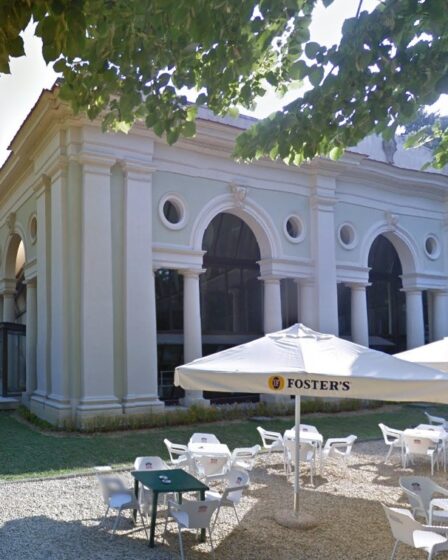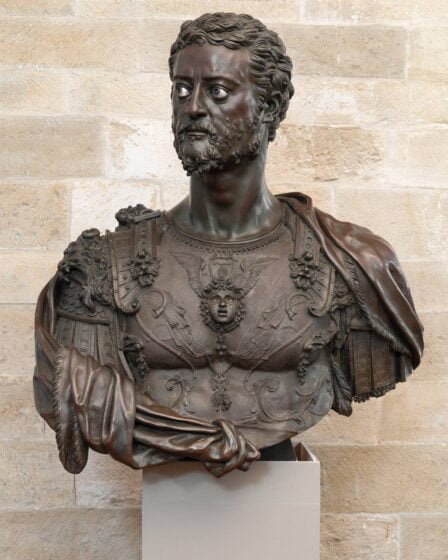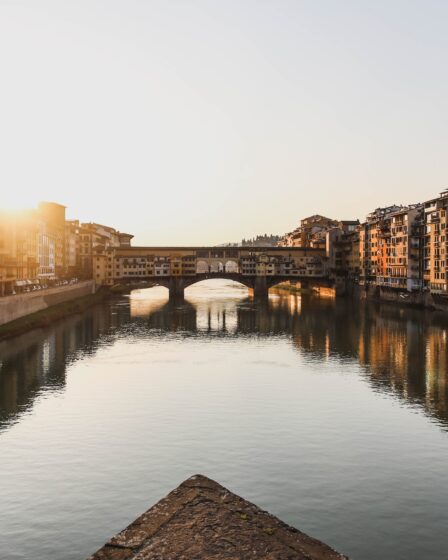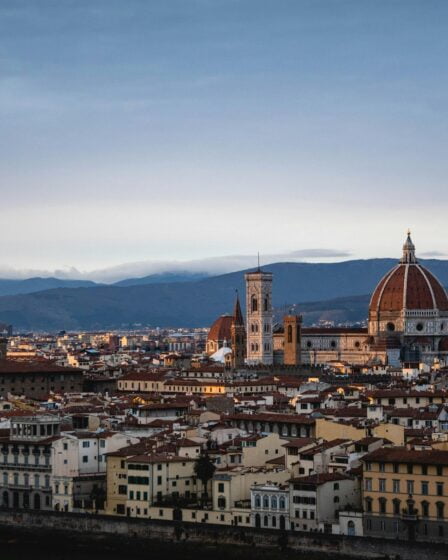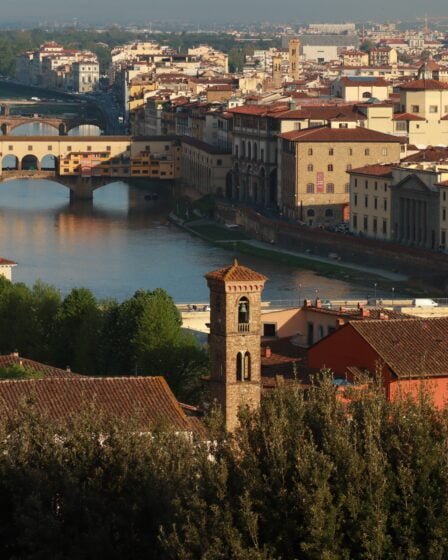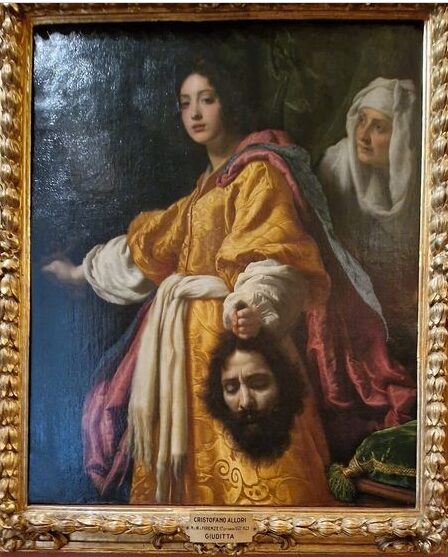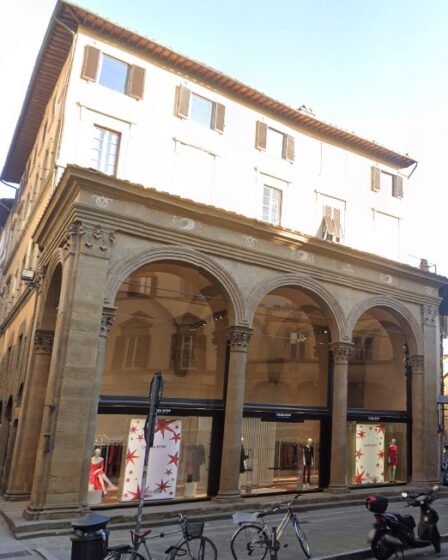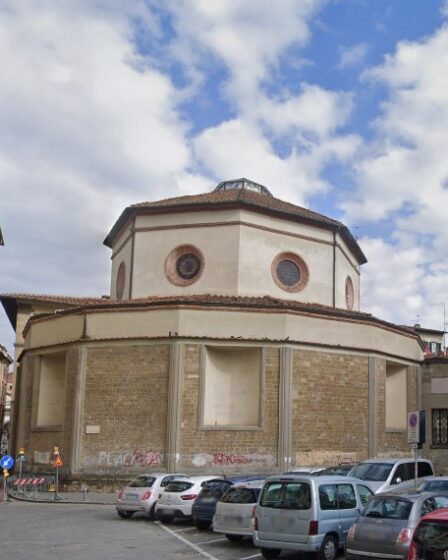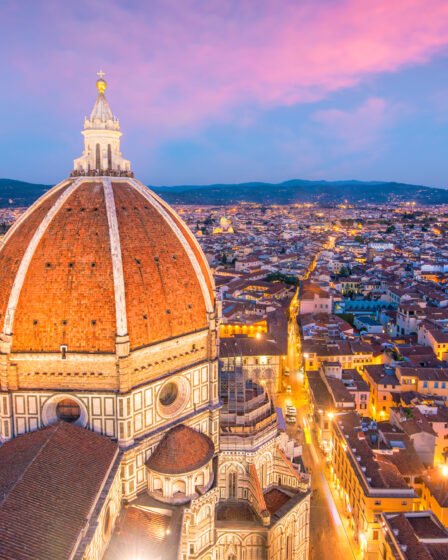Within the gardens of Villa Strozzi al Boschetto in Florence, Italy, sits the stunning and historically significant La Limonaia di Villa Strozzi. The Strozzi family was a well-known noble family in Florence, and the villa itself dates back to the 16th century.
Settembre 2024
Symbols of Cosimo I de’ Medici
The Grand Duke of Tuscany employed a number of personal emblems that represented his astrological sign, his passions, and the ascent to prominence of his dynasty.
Botticelli and its authentic life
Ognisanti a church with a original story, that involved Sandro Botticelli that was making a fresco of Sant. Agostino and a funny inscription.
Botticelli’s Stories from the Renaissance Artist
Not many people knows that the famous artist that made Venus and Spring was also a guy tat like to play many joke at its friends, here some records from its life.
Casa Buontalenti in Via Maggio
Buontalenti was a famous artist who created numerous masterpieces, including Pitti Palace. He was also an architect and inventor in Florence, and one can view his home at via Maggio, next to Palatto Pitti.
Commesso fiorentino old stone technique
Commesso Fiorentino is a highly accomplished artistic style that developed in Florence, Italy during the late Renaissance. It is often referred to as pietra dura or Florentine mosaic. This complex art style includes piecing together finely cut semi-precious stone fragments to create complicated pictures.
Jiudit and Holofernes by Cristofano Allori
Through the lessons of Artemisia Gentileschi, who painted two violent renditions of Judith for Cosimo II at the same era while working for the Medici family, Cristofano recognizes his influence from Caravaggio in this piece.
singular story of Rucellai ‘s Lodge
There is a really special lodge called Rucellai Lodge in Vigna Nuova. Constructed by Renaissance architect Leon Battista Alberti, it has served as a mail office, a café bar, and an art studio until the present.
Curious History Brunelleschi’s Round
The Round of Brunelleschi is a distinctive structure located in Florence’s center. Designed by renowned architect Brunelleschi, it took a long time to finish.
Girolamo Segato and its secret technique
Segato’s most well-known research was done in Florence, where he carried out studies that gave him the ability to preserve human tissues in a way that gave the impression that they had been transformed into stone.

